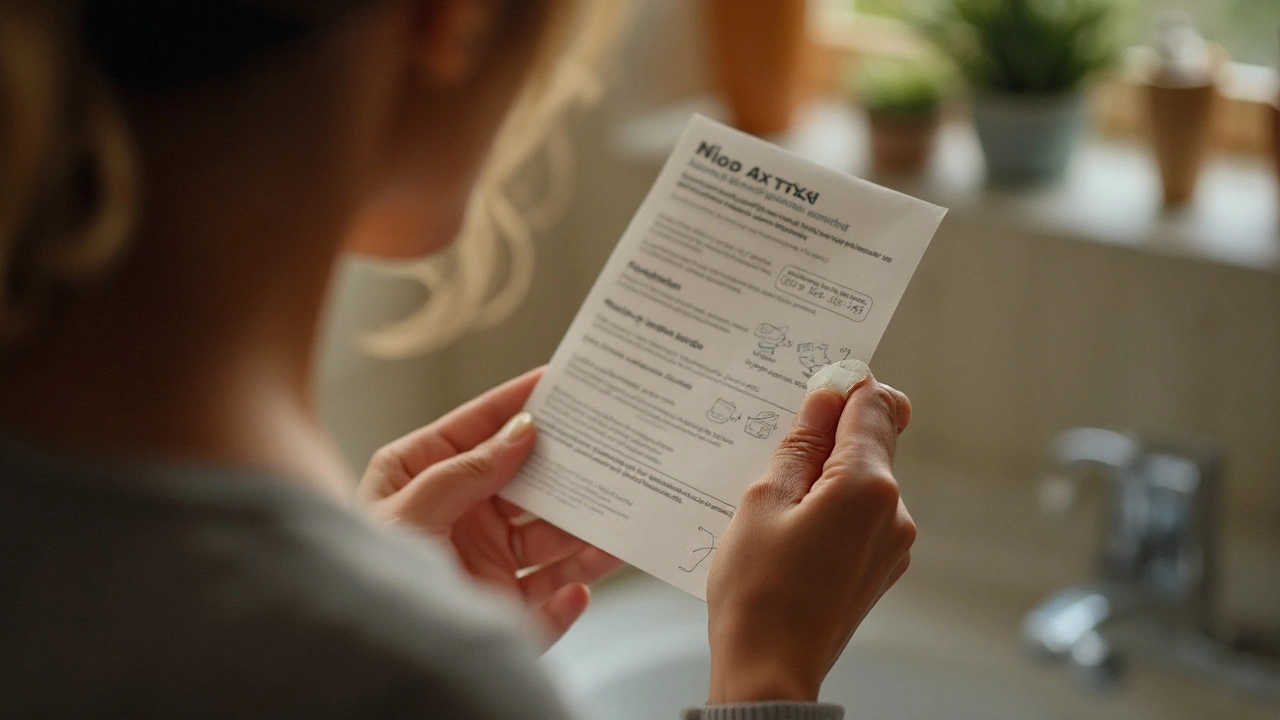Bladder Control Made Simple: What You Can Do Today
If you’re dealing with leaks or frequent trips to the bathroom, you’re not alone. Many people struggle with bladder control at some point, and most of the fixes are straightforward. Below we’ll break down why problems happen and give you real‑world steps that actually work.
Common Causes of Weak Bladder Control
First, it helps to know what’s going on inside. The bladder is a stretchy sack that stores urine until you’re ready to go. When the muscles around it—especially the pelvic floor—are weak or over‑active, leaks can sneak in.
- Age: Muscles naturally lose strength after 40, making accidents more likely.
- Pregnancy & childbirth: The pressure on pelvic muscles during pregnancy can stretch them out.
- Heavy lifting or chronic coughing: Repeated strain puts extra stress on the bladder support system.
- Medical conditions: Diabetes, multiple sclerosis, and prostate issues often affect bladder nerves.
Knowing the trigger gives you a target for improvement. For most folks, the biggest win comes from strengthening the pelvic floor.
Practical Tips to Improve Bladder Control
Here are everyday actions that can tighten things up without a fancy gym membership:
- Kegel exercises: Tighten the muscles you’d use to stop a stream of urine. Hold for three seconds, relax for three, and repeat 10‑15 times, three times a day. Consistency beats intensity.
- Timed voiding: Schedule bathroom trips every two to four hours instead of waiting for an urge. This trains the bladder to hold more comfortably.
- Limit irritants: Caffeine, alcohol, and spicy foods can make the bladder over‑react. Cut back if you notice a pattern.
- Stay hydrated—but smartly: Drink enough water (about 6–8 glasses daily) but avoid gulping large amounts at once. Sip steadily throughout the day.
- Weight management: Extra pounds press on the abdomen and bladder, worsening leaks. Even a modest loss can ease pressure.
If you’ve tried these basics and still have trouble, it’s worth chatting with a doctor. They may suggest medication for an overactive bladder or refer you to a physical therapist who specializes in pelvic health.
Bottom line: most bladder control issues stem from muscle weakness or simple lifestyle triggers. By doing Kegels, watching what you drink, and keeping a regular bathroom schedule, you can regain confidence without costly treatments.
